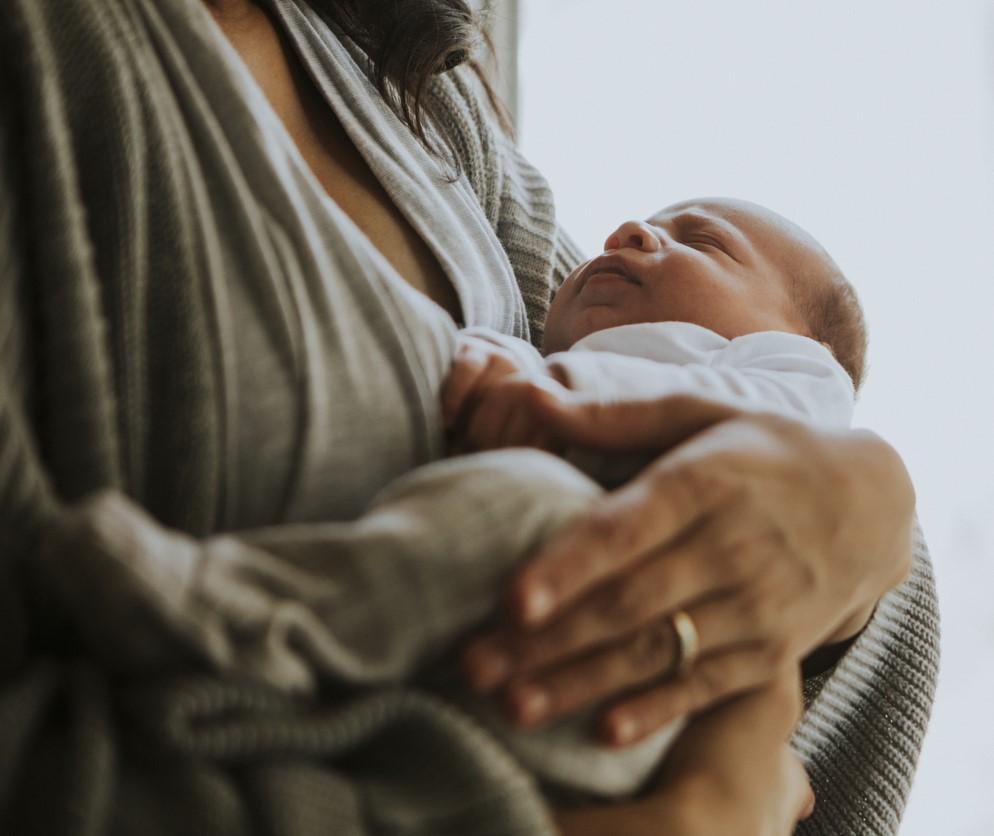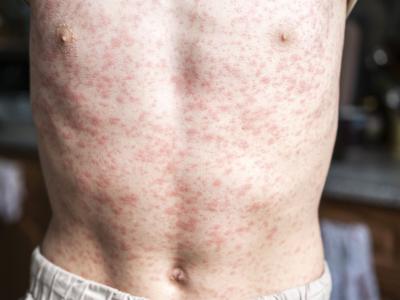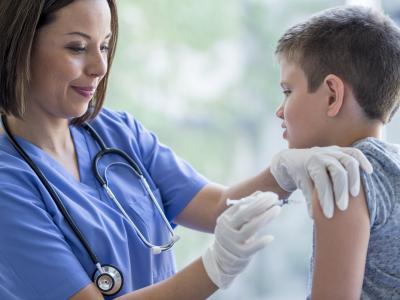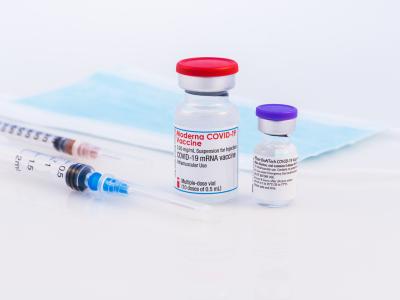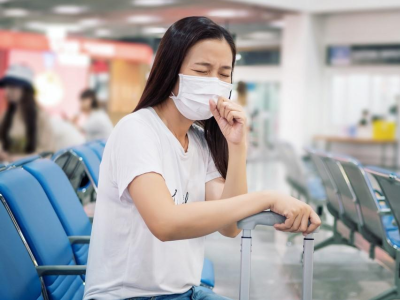Pregnant patients who accepted recommended tetanus, diphtheria, and pertussis (Tdap) and flu vaccines in pregnancy were more likely to also get vaccinated against COVID-19, according to a new study in the Journal of Infection.
Though COVID-19 vaccines are safe and recommended in pregnancy, uptake has been low as vaccine hesitancy and misinformation has overshadowed the use of the vaccines. Several studies have shown the vaccines do not negatively affect pregnancy outcomes or hinder fertility, two claims rampant on social media.
The present study used data from the California Immunization Registry to look at the vaccine history of all pregnant patients who delivered at a single site from December 2020 through March 2022.
According to the authors, of the 7,857 patients who delivered during the study period, 4,410 (56.1%) accepted the COVID-19 vaccine in pregnancy. And of those who accepted the vaccine, 97.6% also received an influenza vaccine in pregnancy, and 88.5% received a Tdap vaccine.
No difference in outcomes
Advanced maternal age, obesity, Asian race, and private insurance were all correlated to COVID-19 vaccine uptake, the authors said. Younger pregnant patients, Black patients, and those on public insurance were less likely to get the vaccine.
Importantly, the study found no difference in pregnancy outcomes among those who did and did not get vaccinated against COVID-19.
There were no differences in preterm birth, low birthweight and NICU admission between patients who received and did not receive the COVID-19 vaccine.
"There were no differences in preterm birth, low birthweight and NICU admission between patients who received and did not receive the COVID-19 vaccine," the authors said. "Efforts to improve vaccination rates for the influenza and Tdap vaccine have the potential to translate to improved vaccination rates for COVID-19."
